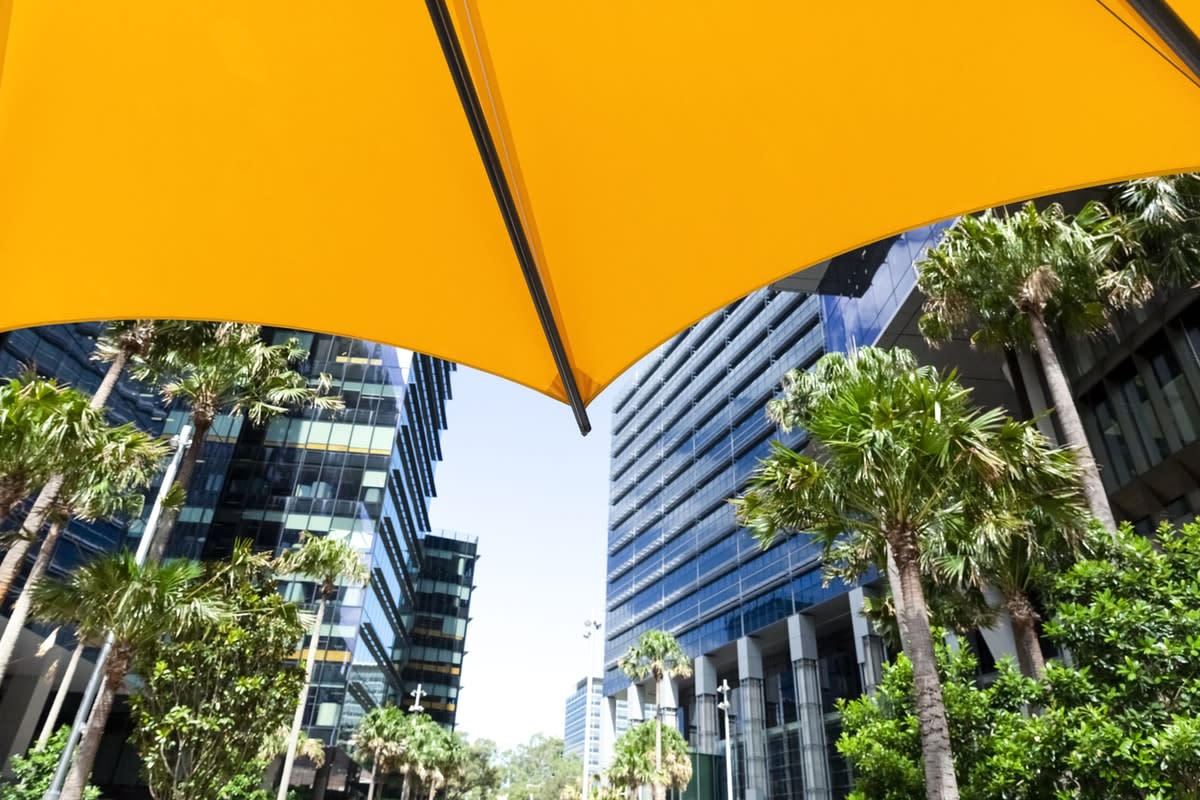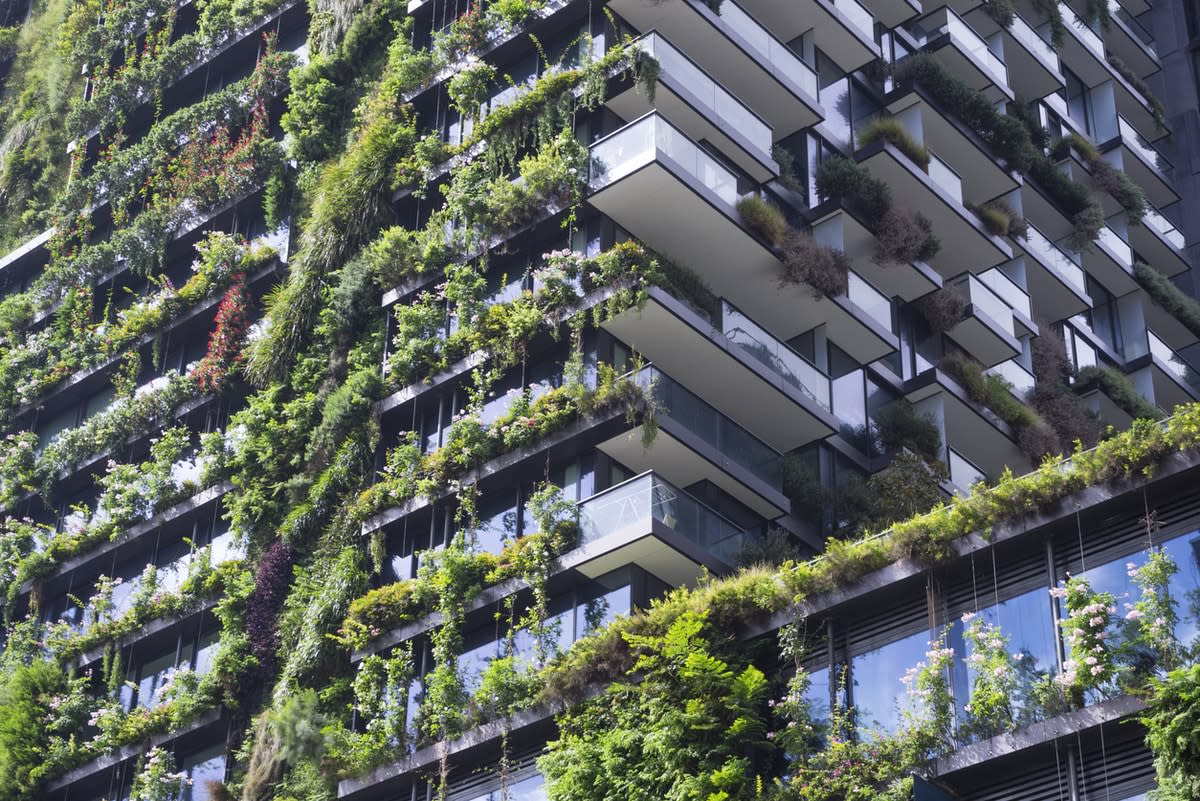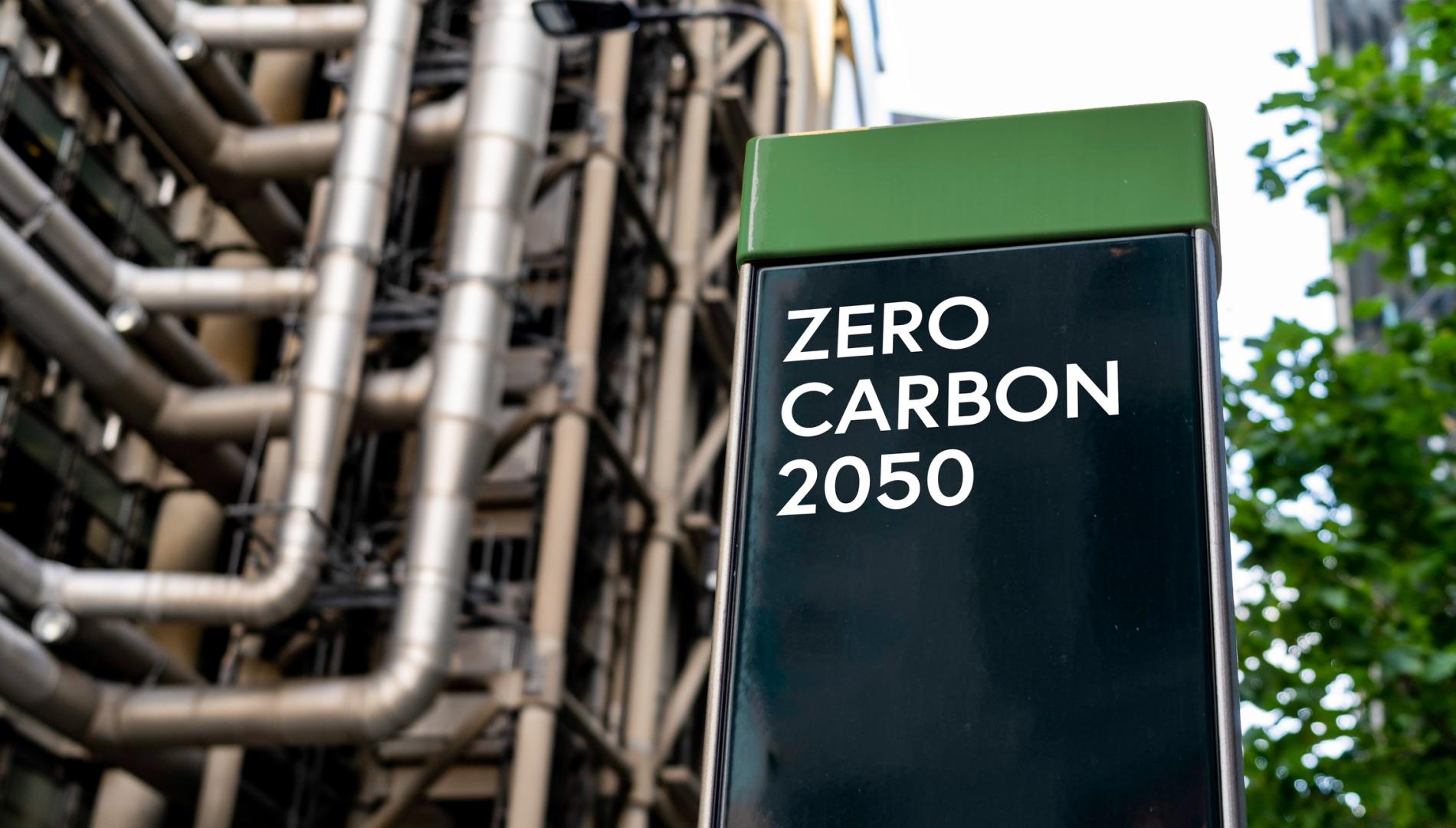With our cities getting hotter, it’s time for a radical tree change
As the climate warms, Australian cities are losing their leafy cover. Backyards are shrinking or disappearing, apartments are rising, yet we need trees more than ever.
In Temperature Check: Greening Australia’s Warming Cities, climate change researcher Lucy Richardson describes how we can cool down our urban spaces, and what will happen if we don’t.
Without shady trees, baking concrete and asphalt, glass and steel will make city life even hotter – a phenomenon known as the urban heat island effect.
It’s an important issue in a country where more than 70% of us live in cities of one million or more. Heatwaves already kill more Australians than fire and floods, and are increasing in frequency and intensity.
The Monash Climate Change Communication Research Hub report was commissioned by the Australian Conservation Foundation because of concerns that urban sprawl, and the accompanying heat, was contributing to extinction rates. It became a plea for greening our built spaces as soon as possible.
Tree-planting programs can take 30 years to reach their goal, Dr Richardson says. Although they’ll make a difference, they won’t be enough to counteract the effects of global warming, she warns.

Policies to decrease greenhouse emissions are crucial – but even if heroic efforts are made, a certain amount of warming is already locked into the system.
“We can’t just green up everywhere and then hope that’s going to solve it, because it won’t,” she says. “It’s got to be the double whammy. We’ve actually got to address climate change and green up our cities, which will also help bring that carbon down out of the system.”
More research needed for local-scale risk levels
The report looks at possible scenarios in Melbourne, Brisbane and Sydney – the only Australian cities that project future extreme heat scenarios at local scales.
Dr Richardson says nationally coordinated research is needed to understand better the local-scale levels of risk throughout the country.
At the gloomy end of the scale – one in which greenhouse emissions continue at present levels – the hottest summer days are forecast to regularly reach more than 40°C in Melbourne and Brisbane, and up to 50°C in Sydney by 2060-80.
“We can’t just green up everywhere and then hope that’s going to solve it, because it won’t.”
Urban heat island (UHI) effects are expected to add several degrees to this – with disadvantaged neighbourhoods the most at risk.
In Blacktown in western Sydney, for example, which has only 22% tree cover, the UHI effect adds an extra 5.8° on average. But in Mosman, which has 43% tree cover, the average UHI effect is 2.2°.
Green cover in Melbourne is only 23% overall – but this varies across the city. In built-up areas of Sunshine and Footscray, this can fall to as low as 9%, raising local temperatures by up to 13.5°.
A Greening the West strategy is now in place to make these areas cooler and more beautiful, and to promote community cohesion.

The strategy, and others such as Living Melbourne: Our metropolitan urban forest, are worthwhile, Dr Richardson says, but they would make a bigger difference if federal, state and local governments and communities were working together.
“There’s Green Adelaide. There’s the Hobart street tree strategy. There’s lots and lots of places doing stuff to improve the levels of green,” she says. “We’re just not necessarily seeing the shifts we need, because if we’re doing things disparately, if we’re not coordinating, then one hand can be defeating what the other’s doing.”
Community coordination must play a role
Community involvement needs to be part of the strategy, too. “Community groups are doing little things in their patch, but if it’s not coordinated with those other levels, then it’s not as effective,” she says.
In Victoria, for example, local governments are committing to an urban forest. To cope with a growing population, the state government has encouraged medium and high-density living in middle-ring suburbs to take advantage of existing school, hospital and public transport networks.
While the state government’s approach has made economic, and even environmental, sense (by taking cars off the road, and using existing resources), it’s also seen trees sacrificed for apartments. The Plan Melbourne – 2017 to 2050 report acknowledges the importance of greening existing suburbs to counteract the heat island effect.
Limits on government regulations
A related issue is that government regulations have limits on what they can control with regard to how private land is used, Dr Richardson says. Householders are free to cut down trees on their own property. Education programs about the value of trees might help, she suggests (and trees can also improve property prices).
But, generally speaking, the looming disaster posed by rising temperatures and urban heat islands is under-recognised.
“We have so many different policies and laws and regulations,” Dr Richardson says, “Getting all of those to be working together well would be fantastic. We know that our national environmental laws aren’t really protecting what they need to protect. Even improving that, and how that filters down to that local level, would be a great bonus. Keeping what we’ve got and adding more green where we can.”
Local councils are also attempting to incorporate water management strategies into their public spaces – by creating wetlands, for instance, to absorb rainwater and reduce flooding. It’s easier, and cheaper, to introduce these features when a development begins, rather than retrofitting what’s already established, she says.
A typical city block generates more runoff than a wooded area, so introducing “green infrastructure” – street trees and rooftop gardens – when high-rise developments are on the drawing board makes sense.

Green roofs – a layer of plants grown on a rooftop – provide natural insulation, and reduce the energy demands for the building below. They’re also more expensive than a conventional roof, although they provide long-term benefits. Green walls – also known as vertical gardens – serve a similar function.
But if green roofs and walls aren’t economically possible, then any plants on balconies and patios will still make a difference, Dr Richardson says. If every apartment had a window box, that would be beneficial. “Everything helps,” she says.
Trees also improve our physical and mental health. Patients who can see trees through their hospital window recover more quickly. Crime rates are lower in leafy neighbourhoods. During their long lockdown, the people of Melbourne flocked to local parks, and took a renewed interest in their own gardens.
In stressful times, humans need trees.
James Goldie, Ana Ross and Luke Huels also contributed to the Temperature Check: Greening Australia's Warming Cities report.






